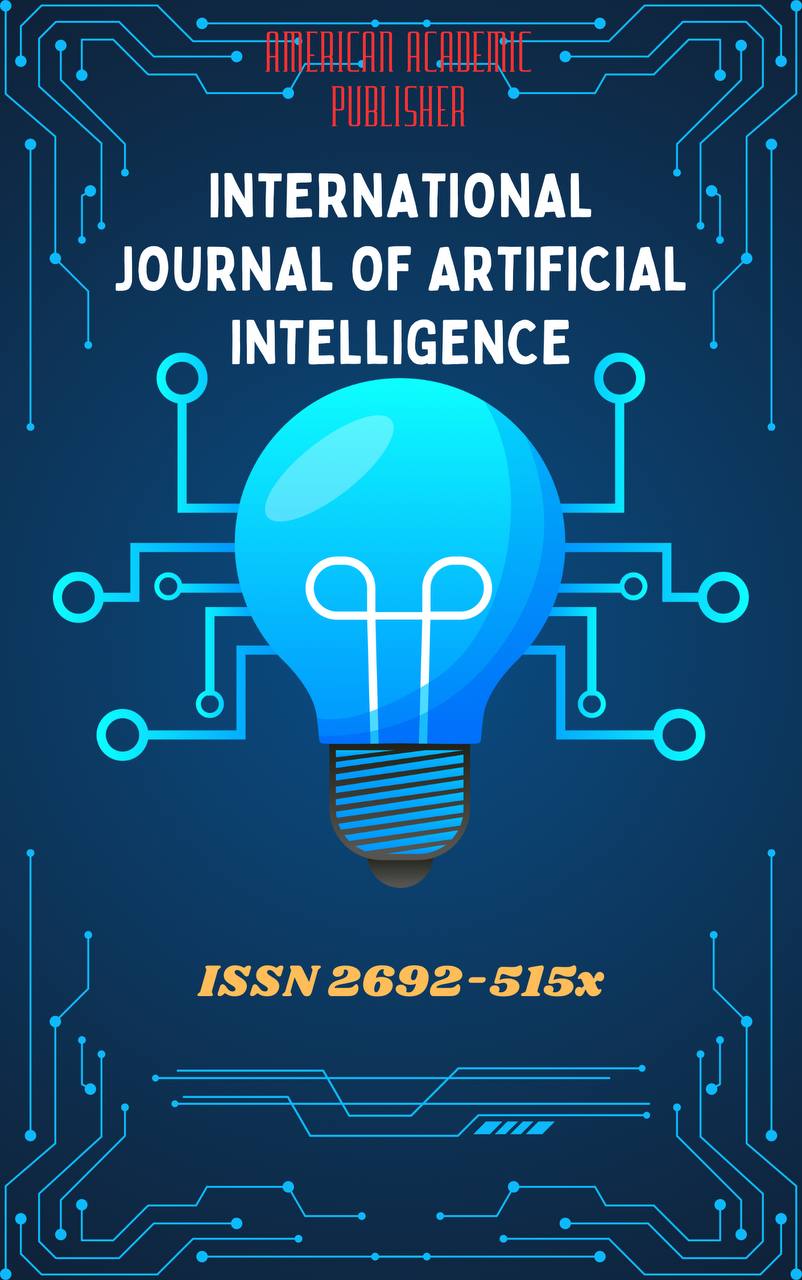 Articles
| Open Access |
Articles
| Open Access | USING PROBLEM-BASED LEARNING TECHNOLOGIES IN TEACHING CHEMISTRY
Turgunboyev Shavkatjon Shuhratjon ugli , Associate Professor (PhD) of the Department of Chemistry, Fergana State UniversityAbstract
This article explores the application of problem-based learning (PBL) technologies in teaching chemistry. PBL is an innovative instructional strategy that emphasizes student-centered inquiry, critical thinking, and real-world problem-solving. The article discusses how integrating PBL into chemistry education enhances conceptual understanding, fosters engagement, and promotes lifelong learning skills. It also presents examples of PBL tasks and outlines the challenges and benefits associated with its implementation.
Keywords
Problem-based learning, chemistry education, critical thinking, student engagement, inquiry-based learning, real-world problems, active learning, teaching methods.
References
Barrows, H. S. (1986). A Taxonomy of Problem-Based Learning Methods. Medical Education, 20(6), 481–486.
Savery, J. R., & Duffy, T. M. (1995). Problem Based Learning: An Instructional Model and Its Constructivist Framework. Educational Technology, 35(5), 31–38.
Schmidt, H. G., Rotgans, J. I., & Yew, E. H. J. (2011). The Process of Problem-Based Learning: What Works and Why. Medical Education, 45(8), 792–806.
Chiu, M.-H., & Duit, R. (2011). Learning Progression and Curriculum Implementation in Chemistry Education: A Review of the Literature. Studies in Science Education, 47(2), 187–216.
Yadav, A., Subedi, D., Lundeberg, M. A., & Bunting, C. F. (2011). Problem-Based Learning: Influence on Students’ Learning in an Electrical Engineering Course. Journal of Engineering Education, 100(2), 253–280.
Prince, M., & Felder, R. (2006). Inductive Teaching and Learning Methods: Definitions, Comparisons, and Research Bases. Journal of Engineering Education, 95(2), 123–138.
Article Statistics
Downloads
Copyright License

This work is licensed under a Creative Commons Attribution 4.0 International License.

